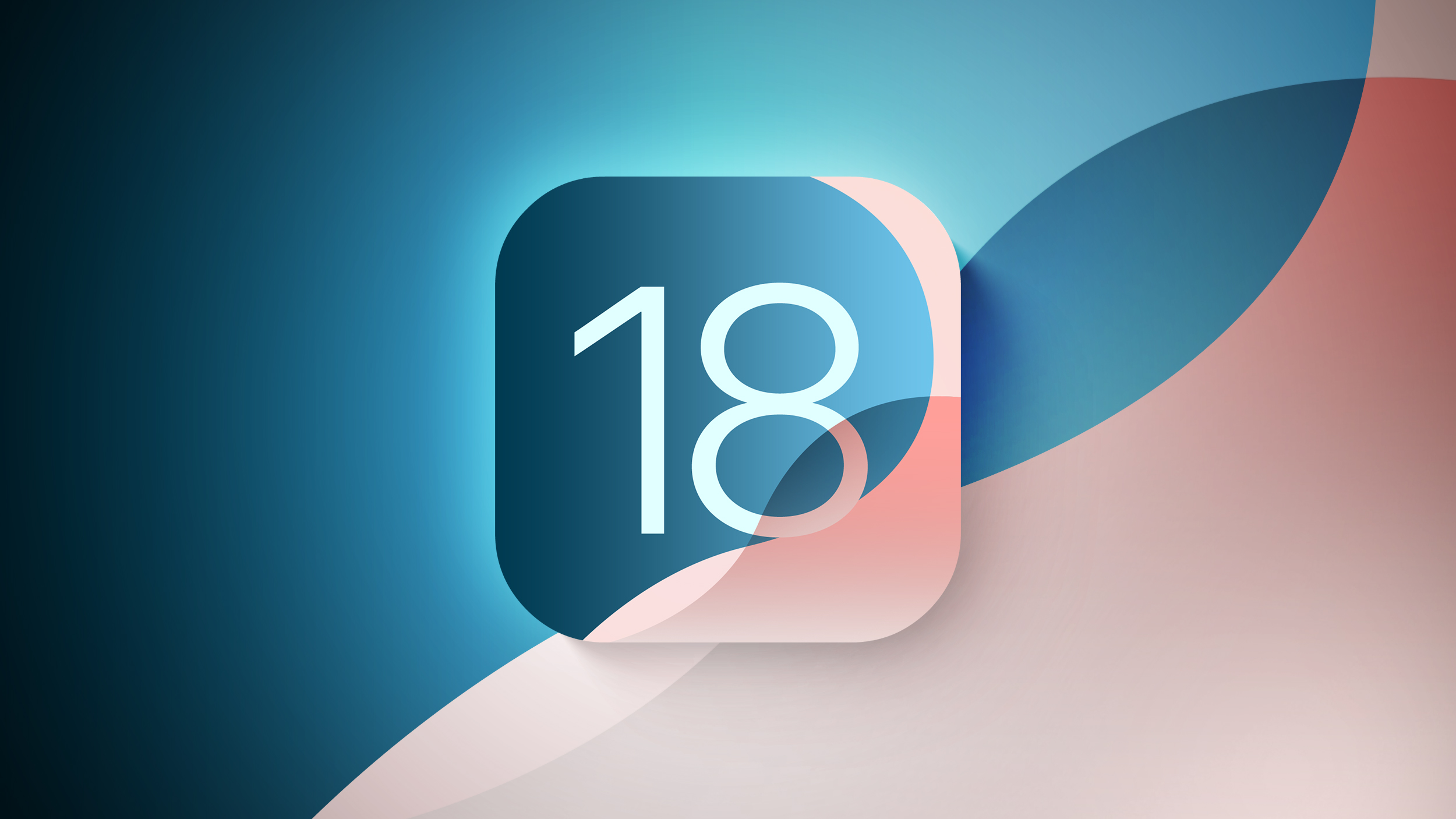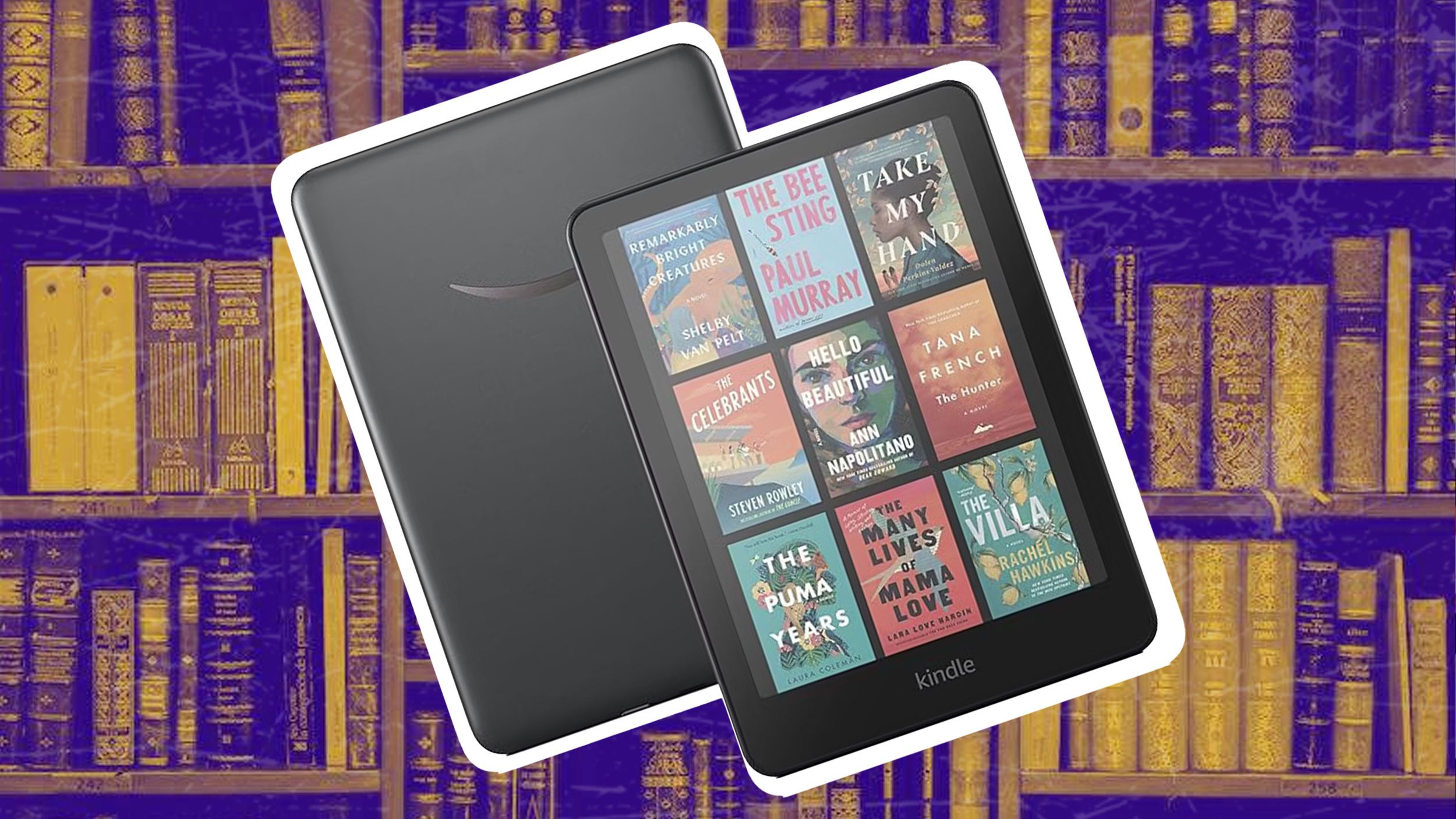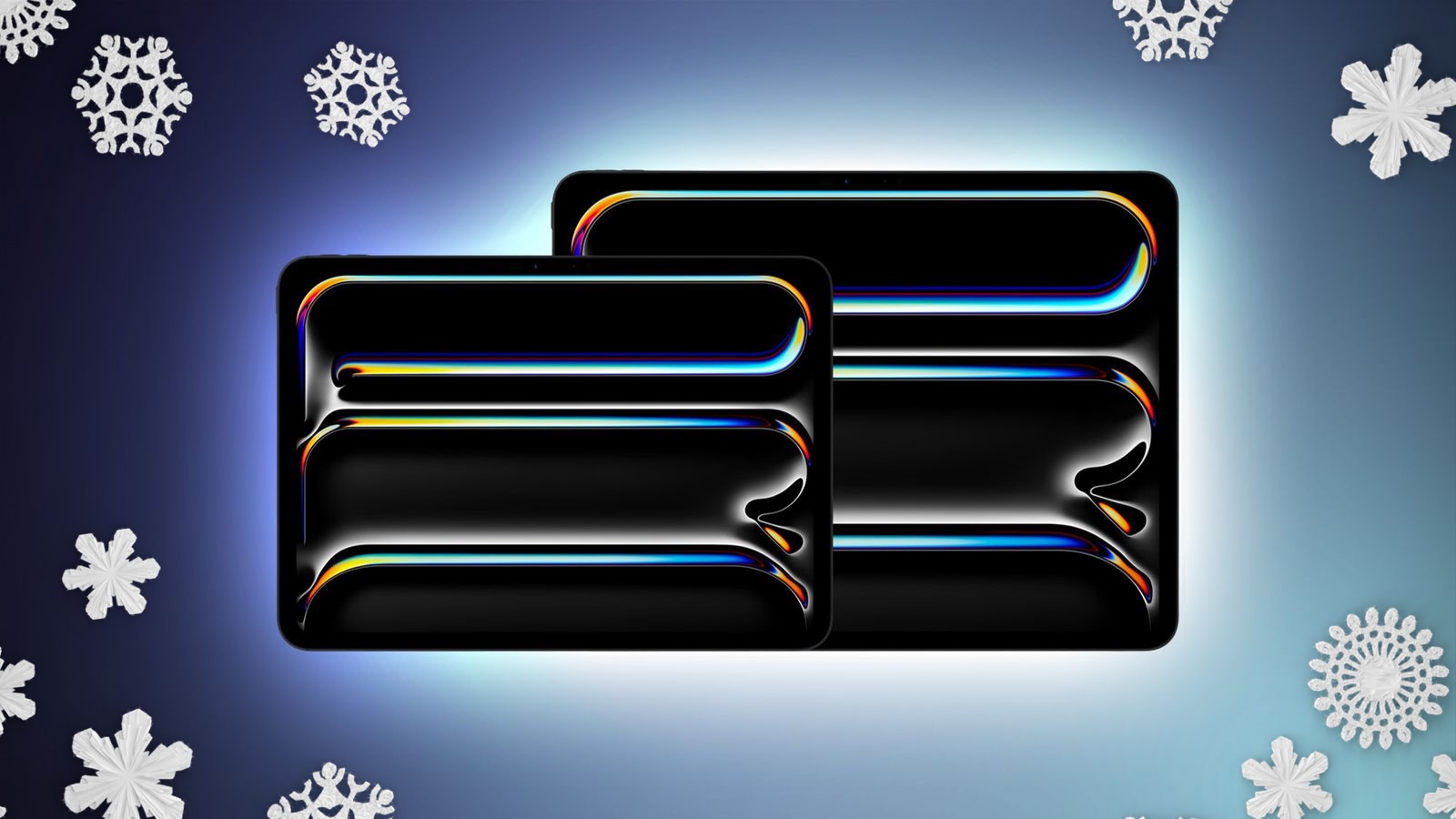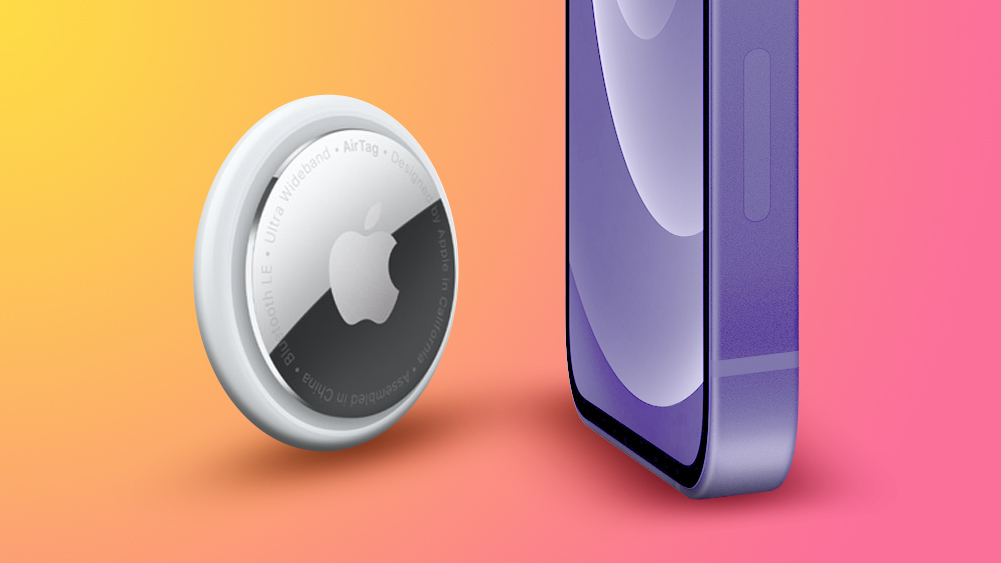The Batman director reveals how its scariest scenes honor a horror icon
The Batman’s Matt Reeves has revealed which iconic horror director was the biggest influence on the film’s scariest scenes.
Speaking exclusively to TechRadar ahead of the DCEU movie‘s release, Reeves confirmed that the Dark Knight’s latest big-screen adventure was heavily inspired by Alfred Hitchcock.
Given the legendary filmmaker’s influence on cinema production as a whole, it’s unsurprising that the ‘Master of Suspense’ was a big influence on The Batman. After all, the Caped Crusader’s newest incarnation is a neo-noir detective story – albeit a superhero movie at heart – packed with suspense, tension, and horror genre sensibilities.
For Reeves, it was Hitchcock’s exploration of the so-called ‘double’ – a theme where an individual’s personality is torn between order and chaos, or the light and dark side of humanity – that shaped the film’s character study of Batman and the Riddler. That, in turn, helped to bring a sense of horror and existential dread to proceedings.
“From the beginning, I wanted the movie to have a Hitchcockian subjectivity,” The Batman director said. “I wanted to put the audience in the perspective of Batman of the characters. And so everything was incredibly driven by this sense of perspective of seeing things the way they would see things, and then also the idea of what you couldn’t quite see.
“There’s so many times when Batman comes out of the shadows, or with the Riddler doing what he’s doing, that it almost becomes a horror movie. In a way, the masks create a relationship between you and your shadow side, right? Like, Batman is in this very instinctive place. So, visually, it was very important to me that everything feel very kind of subjective, visceral, and uncanny.”
Matt Reeves directs a scene in The Batman involving Robert Pattinson’s Dark Knight. (Image credit: Jonathan Olley/Warner Bros. Pictures)
That “visceral and uncanny” feeling is present in a number of Hitchcock’s best works, most notably through the distinguished filmmaker’s use of camera angles, shots, and other cinematographic elements. And, as Reeves reveals, The Batman honors Hitchcock’s own filmmaking style with its use of close-up shots, scenes lacking in spoken dialogue, and showing less of what’s happening on the screen.
“We knew that we wanted to shoot in anamorphic [format], as one of the things I love about anamorphic is the focus fall off,” Reeves said. “That means the part of the image you want to be sharp is sharp, but much of it is soft focused, so it almost feels like a dream.
“For instance, there’s a scene where the Riddler is attacking someone, and the whole thing is out of focus – it’s almost like an eerie dream. So all of that sort of drove the the placement of the camera and the sense of how shallow focus might be, so audiences would be engaged in a way that they can sort of see what’s happening on screen, but large parts of certain scenes are blurred out. And I think that lends a subtle fear and terror to our movie.”
In our spoiler-free review, we picked up on The Batman’s Hitchcockian aesthetic, saying the movie is “a stunningly meticulous and tension-filled DCEU movie that doesn’t lose sight of the iconic vigilante’s comic book roots” that blends “detective noir, horror, and psychological thriller” elements that the legendary filmmaker was renowned for.
For more content surrounding The Batman, check out our exclusive chat with star Colin Farrell, who revealed more about his Penguin TV show that spins off The Batman. Alternatively, read up on our rankings of every Batman film ever. And be sure to visit TechRadar later this week when we’ll have more Batman coverage to share with you.
Aquaman and the Lost Kingdom: what we know so far




